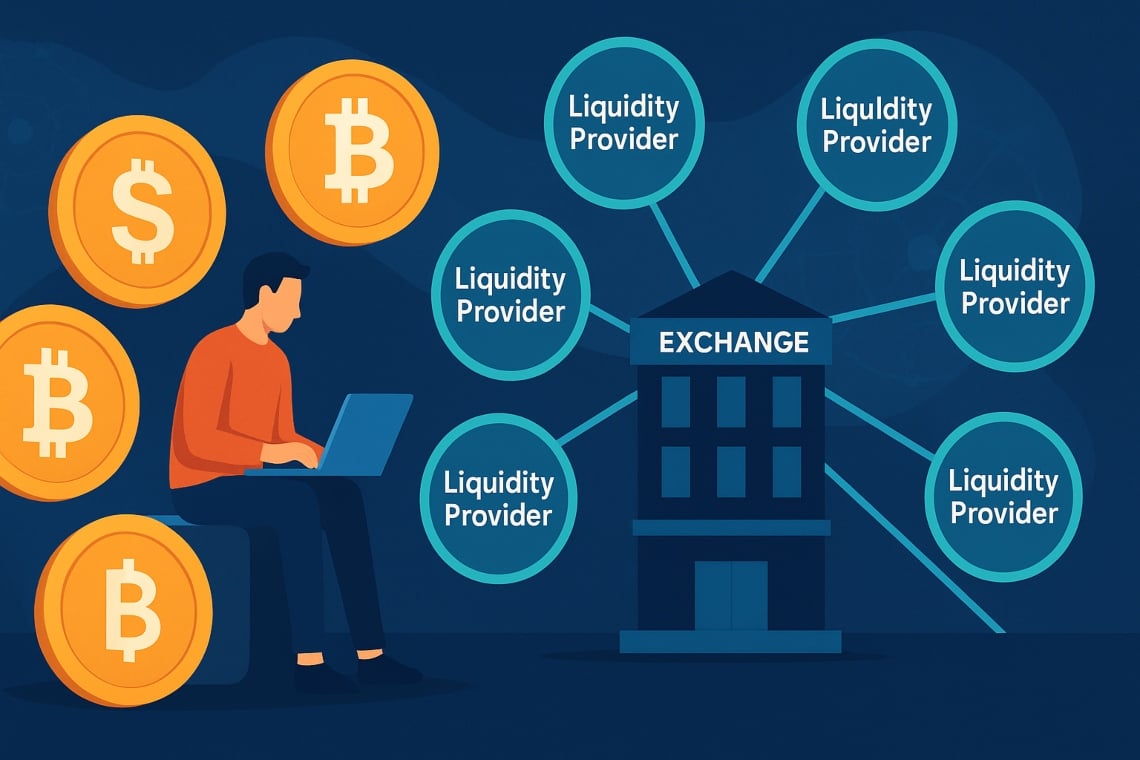T3 FCU unites Tether, TRON and TRM Labs

A coordinated public‑private effort has led to notable crypto seizures, with industry and law enforcement freezing assets tied to fraud, money laundering and cross‑border crime. The initiative leverages tracing, protocol controls and on‑chain analytics to pursue illicit finance across jurisdictions.
What is T3 FCU and who formed it with Tether, TRON and TRM Labs to pursue crypto seizures?
The Taskforce 3 Financial Crimes Unit (T3 FCU) launched in September 2024 and was formed by Tether, TRON and TRM Labs. The initiative pools exchange tracing, protocol controls and on‑chain analytics to support investigations and speed cross‑border responses.
How much was frozen and which cases were targeted by crypto asset freezing operations?
T3 FCU has frozen over $300M in assets worldwide and supported law enforcement in 23 jurisdictions. Cases cited include fraud, money laundering, DPRK‑linked exploits, hacks, scams and “wrench attacks”.
What were the Operation Lusocoin details?
Operation Lusocoin in Brazil froze R$3B and 4.3M USDT, a major national action supported by T3 analysts.
Who are the public and private partners, and how has industry joined crypto seizures efforts?
The programme has engaged Europol and national police units, while industry participants include TRON DAO and major exchanges. In August 2025 the T3+ Global Collaborator Program launched, with Binance joining the wider effort to expand intelligence‑sharing.
How does Binance T3 collaboration expand responses?
Private partners contribute analytics, compliance controls and rapid takedown coordination; their technical contributions vary by jurisdiction but aim to reduce investigators’ time to trace and secure funds.
What does this mean for investigators and markets?
T3 FCU represents a shift toward coordinated intelligence‑sharing and enforcement across chains. The unit’s activity was discussed at the 9th Global Conference on Criminal Finances and Cryptocurrencies in Vienna, attended by Europol and TRON DAO, where speakers highlighted cross‑border challenges.
Independent analysts say the model shortens investigative timelines and increases pressure on illicit‑finance networks while raising governance questions about private actors’ role in enforcement.
Paolo Ardoino, Tether CEO, said:
“Reaching $300 million demonstrates blockchain’s role in disrupting financial crime.”
Esteban Castaño, CEO of TRM Labs, added that “no single agency can combat crypto crime alone,” underscoring the need for sustained cross‑sector cooperation.
Note: this is a developing story; some operational details remain and figures are aggregated across multiple investigations.
In brief: T3 FCU’s public‑private model has already produced substantial asset freezes and cross‑border cooperation, and the expansion with Binance under T3+ aims to broaden that reach.
The programme’s mix of corporate tooling and law enforcement capacity marks an industry‑led escalation in anti‑crime efforts. Continued transparency and verification of results will be critical to assess long‑term impact.





